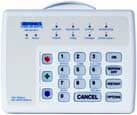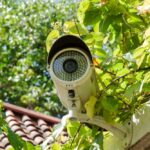Home security alarm systems have traditionally been designed for specific type of consumers: families with children who live in houses that have multiple points of entry, plus property that would be enticing to a burglar.
But residential alarm system companies are expanding their sights on a new market niche: People who live alone with no children, spouse, roommate, or significant other. Using that definition, according to a 2017 study by the Pew Research Center, 35 percent of adults live alone.
As a result, security companies have adapted their products to these realities. They recognize that:
- People who live alone need home security as much (if not more) than couples and families.
- People who live alone often occupy condos or apartments, and these residences need protection as much as houses.
- Renters need home security that can be installed temporarily, without damaging their rentals.
Everyone wants to feel safe in the place where they live, whether it’s a house, an apartment, or a condo. Furthermore, they want to be confident that their home will be protected even when they’re away.
So, what types of home security systems make sense for these customers?
DIY Home Security Systems
Do-it-yourself security systems are rapidly increasing in popularity, especially since powerful brands like Google and Amazon have planted their respective flags in the security and smart-home space.
Peel-and-Stick Security
Some types of new home security systems feature peel-and-stick sensor devices that are easily installed and removed. These can be placed for maximum protection with the help of an app that guides users through the process.
Renters will typically want to check with a landlord to make sure that it’s OK to install a security system. Once landlords see that there’s no drilling or holes and easy removal, objections are unlikely to be a problem.
After removal, these systems can be relocated at the new residence.
DIY systems are generally easy and relatively inexpensive to expand by using additional sensors. That means the system is always customizable to the home, regardless of its size or layout. And the system can expand with the number of people living in the household.
Self-monitoring vs. Professional Monitoring
The best home security systems can easily be monitored via smartphone from virtually anywhere. Since alarms can be quickly communicated to your smartphone, it’s tempting to monitor your own system.
But you don’t have to rely on self-monitoring.
A 24/7 monitoring center can be a valuable resource whenever there’s an alarm. Trained personnel know what to do in an emergency.
Those who want more oversight can add professional alarm monitoring to their DIY system. It’s easy to find well-respected monitoring providers who don’t require long-term contracts.
Weigh the cost-benefit of professional home burglar alarm monitoring vs. self-monitoring and choose the path that’s right for you.
Video Systems
Video camera systems are popular as a security and smart-home add-on for millions of homeowners and renters.
With these, you just position wireless cameras at strategic points. Both DIY and professionally installed video systems are available.
This is a particularly easy way to protect apartments and condos that don’t have as much space to cover as a larger house.
While video cameras are a valuable burglary deterrent, they can also help with pet care. For example, they allow you to:
- Check on your pets during work hours.
- Make sure that pets are properly taken care of while you’re traveling.
- Catch pets in the act of climbing on furniture, chewing shoes, or getting into other kinds of mischief.
Like other DIY security equipment, video cameras are easy to remove and take along when you move.
Find Reliable Local Home Security Pros
Robert Ogle is a writer and editor with seven years of experience in the home security industry. He currently is Senior Copywriter at Brinks Home Security and was formerly editor of Security Nation magazine for the Electronic Security Association. Robert also focuses on smart-home technology trends, as well as the impact of disruptive innovation. Connect with him on LinkedIn at linkedin.com/in/robertogle/.



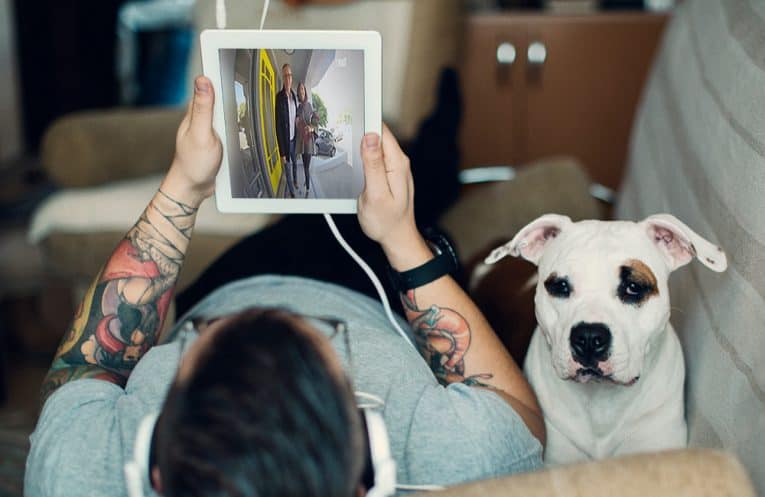

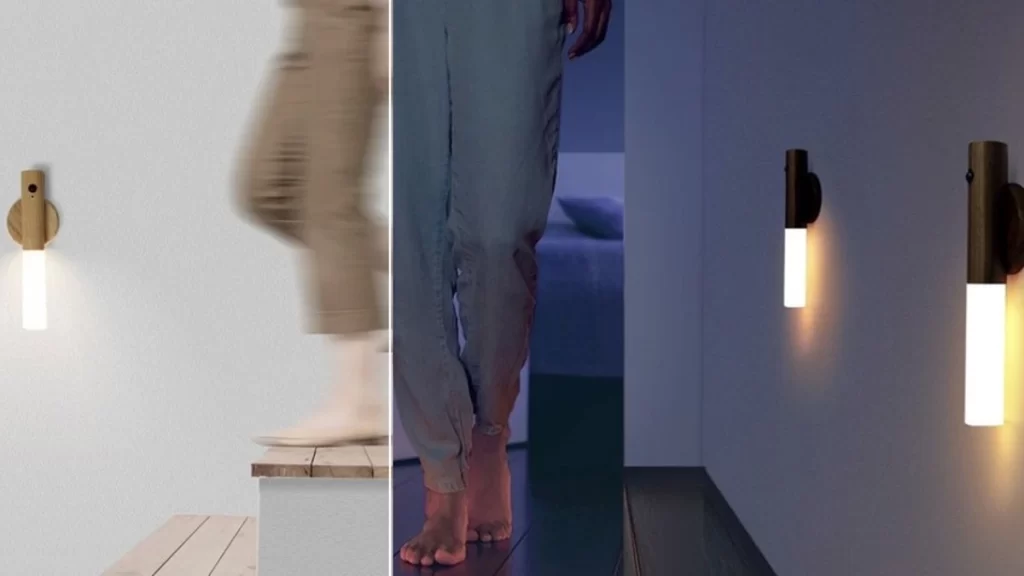
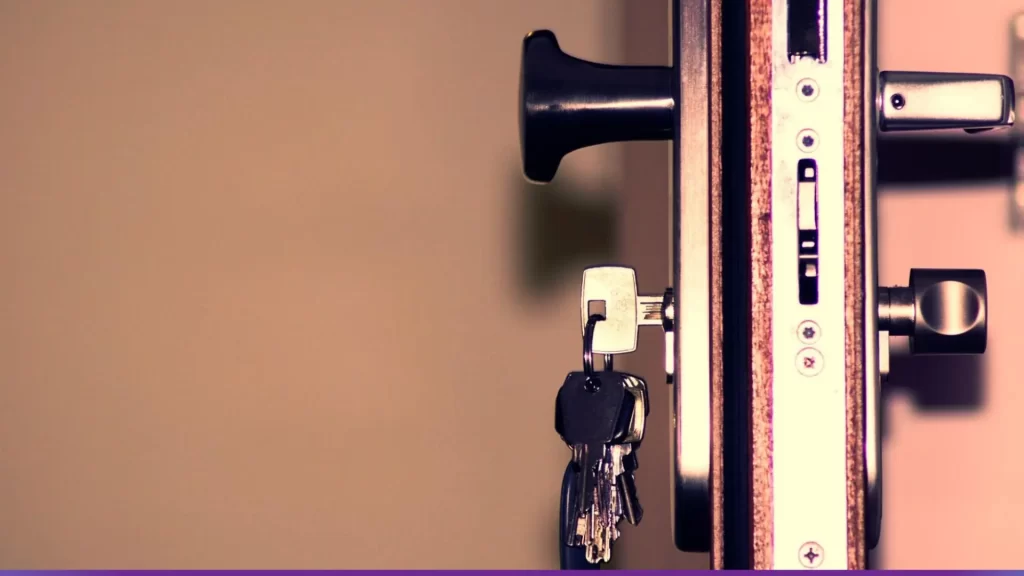


 Don Vandervort writes or edits every article at HomeTips. Don has:
Don Vandervort writes or edits every article at HomeTips. Don has:

